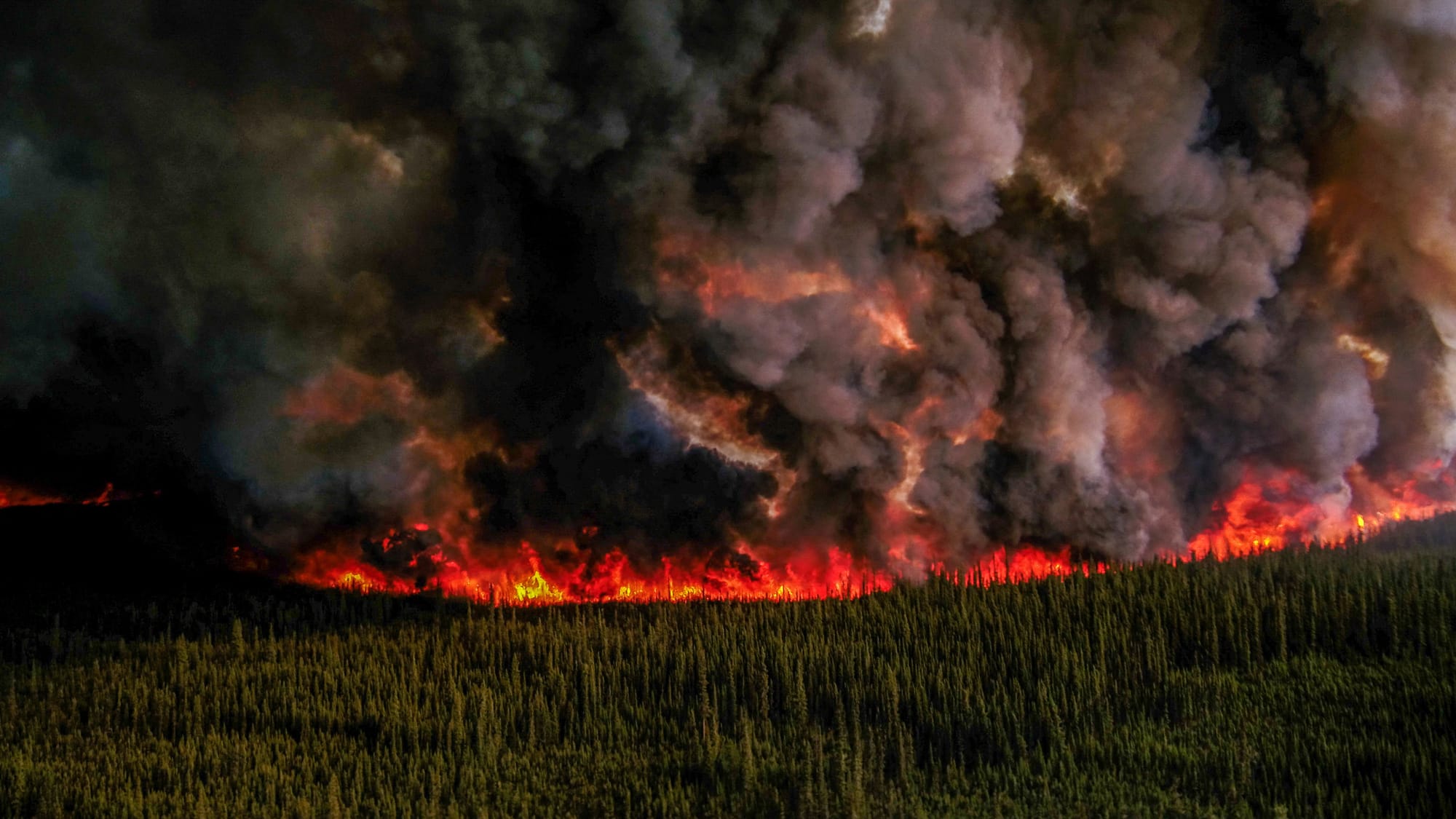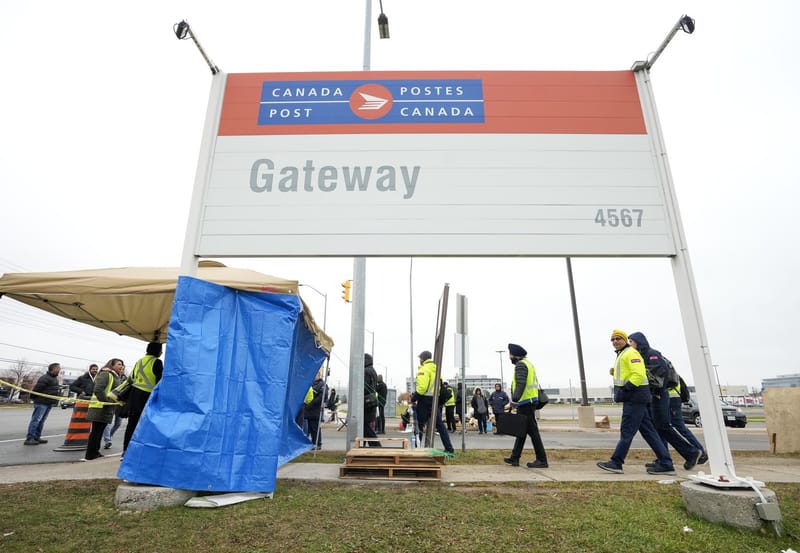Canada had one of its worst wildfire seasons. How bad was it?
Based on total area scorched, the season ranks among the top six over the last half century. Even so, 2024 is turning out to be much less severe than last year – the worst on record – and not as bad as many had feared.

As summer comes to an end in Canada, the 2024 wildfire season is shaping up to be one of the most destructive in recent memory, largely due to a devastating fire that tore through a tourist town in the Canadian Rockies.
In terms of total area burned, this season ranks among the top six over the past 50 years. However, it is not as severe as 2023, which set the record as the worst wildfire season, nor as bad as many had feared earlier in the year.
The financial toll of wildfires surged in July when a fire destroyed a third of Jasper, Alberta, a popular tourist destination. The blaze caused an estimated C$880 million ($646.73 million) in insured damages, according to the Insurance Bureau of Canada.
So far in 2024, wildfires have scorched 5.3 million hectares (13.1 million acres) of land, with more than 600 fires still active, particularly in British Columbia, according to the Canadian Interagency Forest Fire Centre. This makes it the worst season since 1995, apart from 2023, when a record-breaking 17 million hectares burned, releasing more carbon emissions than some of the world's largest carbon-emitting nations.
Canada's wildfire season typically runs from April to September or October, with activity peaking in July and August. Climate experts predict that rising global temperatures will lead to longer and more destructive wildfire seasons in the future.
In April, the Canadian government warned of a potentially "catastrophic" wildfire season in 2024 due to ongoing droughts in the western provinces and forecasts of a hotter-than-average summer.
“We were bracing for a year as bad as 2023,” said Christie Tucker, Alberta Wildfire information manager, noting that the province took extra precautions, including hiring more firefighters and adding a third night-vision helicopter.
Despite these efforts, dry conditions in June and July, along with numerous lightning-caused fires, sparked hundreds of blazes across the province, including the one that ravaged Jasper.
The fires also led Suncor Energy, Canada’s second-largest oil company, to reduce production at its Firebag site in northern Alberta. However, the impact on oil supply was less severe than in some previous summers.
'Zombie' Fires
In addition to new fires, authorities had to deal with numerous "zombie" fires—blazes that began in 2023 and continued to burn through the long Canadian winter.
“I’ve never seen so much fire activity from the previous year. Some of these fires were the size of Prince Edward Island, they were just massive,” said Mike Flannigan, a wildfire expert at Thompson Rivers University in British Columbia.
Flannigan estimated that nearly 10% of the area burned in 2024 was due to overwintering fires from the previous year.
Fewer evacuations and less widespread smoke—compared to 2023 when smoke affected millions of people in both Canada and the northeastern United States—created the perception that 2024 was a milder wildfire season.
Kira Hoffman, a wildfire ecologist at the University of British Columbia, said cooler weather in late August helped dampen fire activity in western Canada. However, she noted that by historical standards, 2024 was still a highly destructive season.
“It’s a case of shifting baselines. Last year was so catastrophic that now we view a season with only a third as much burning as ‘better,’ but there’s nothing normal about it,” Hoffman said.
Experts caution that longer periods of hot, dry "fire weather" and increasingly severe wildfire seasons are likely to continue due to climate change.
“When you look at the total area burned, the number of fires, or the damage caused, the numbers go up and down year over year, but the long-term trend is clearly rising,” said Ryan Ness, director of adaptation at the Canadian Climate Institute.





